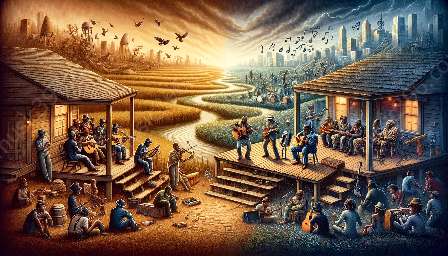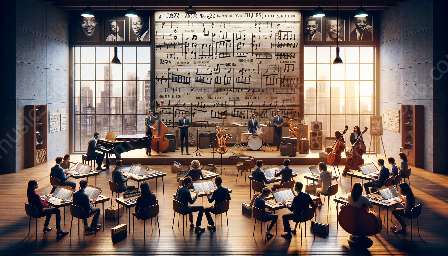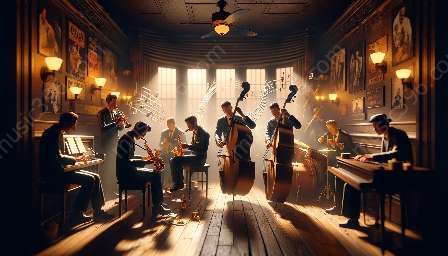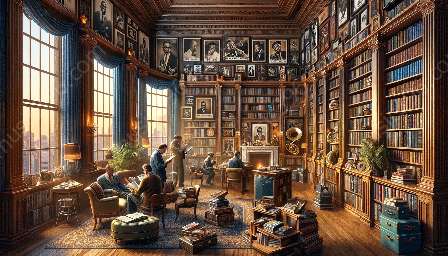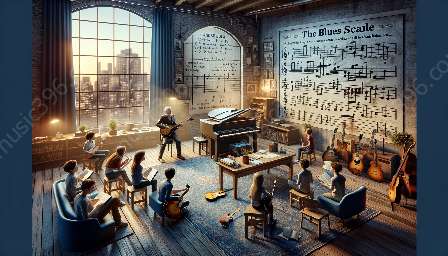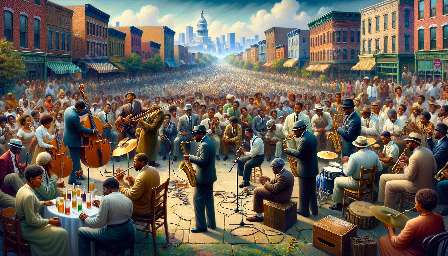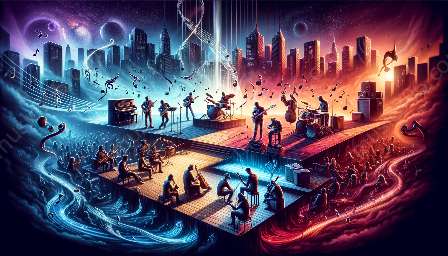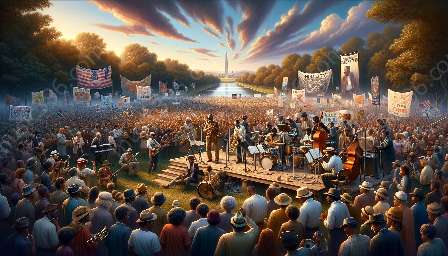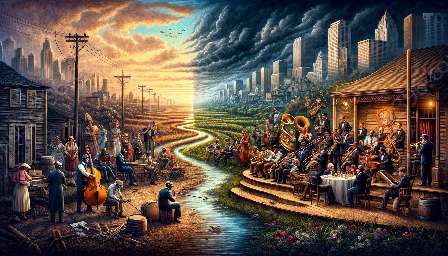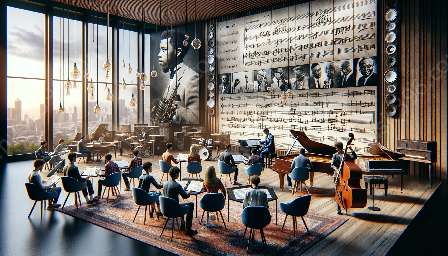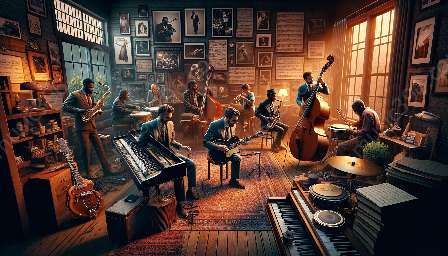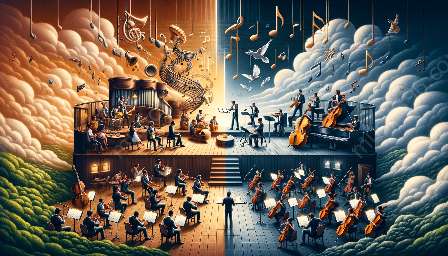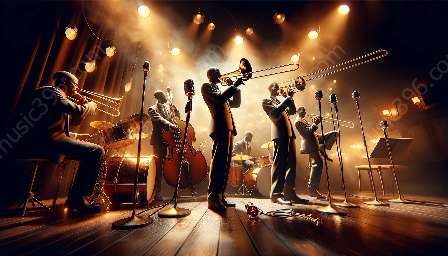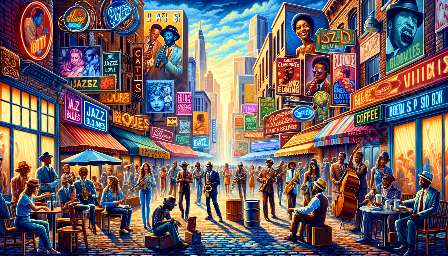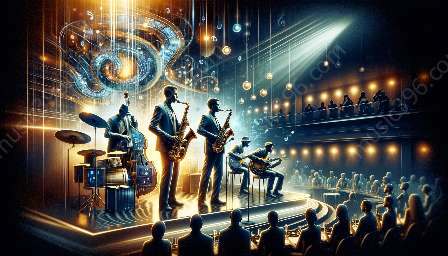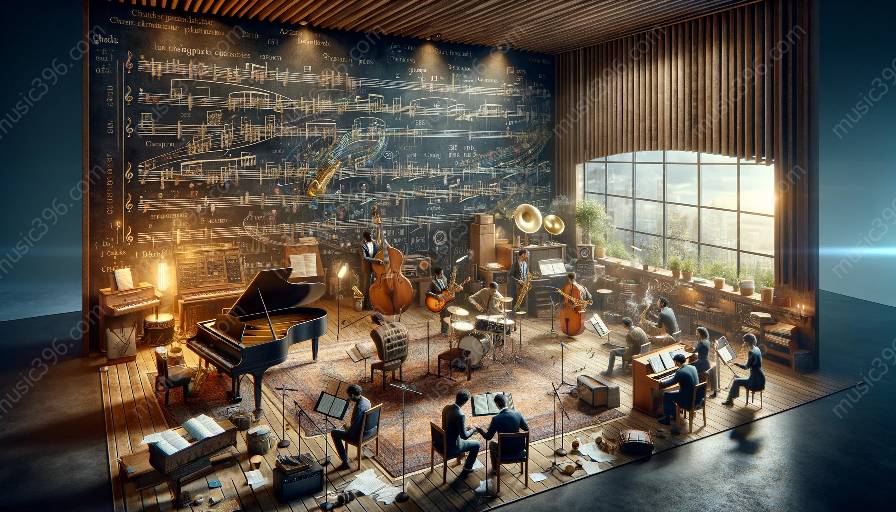When it comes to jazz and blues composition techniques, storytelling plays a significant role. Jazz musicians use various elements to convey stories through their compositions, and understanding these techniques can enhance appreciation for the music. This article delves into the ways jazz musicians incorporate storytelling elements in their compositions, exploring the intersection between jazz, blues, and storytelling.
The Art of Narrative in Jazz
Jazz music has a long tradition of storytelling, often expressed through improvisation and musical conversations between instrumentalists. The narrative aspect is central to jazz compositions, where musicians aim to create a musical story with their instruments.
Emotional Expression
One of the key elements of storytelling in jazz compositions is emotional expression. Musicians convey a range of emotions through their playing, bringing the audience on a journey through the highs and lows of the music. This emotional storytelling is often achieved through techniques such as dynamics, phrasing, and use of modes and scales.
Character Development Through Instrumentation
In jazz compositions, different instruments often represent different characters in the musical narrative. Musicians use the timbre and characteristics of their instruments to develop distinct musical personalities, allowing for a multi-faceted storytelling approach within the composition.
Blues Influence on Storytelling in Jazz
The blues genre has significantly influenced storytelling elements in jazz compositions. Blues music is inherently rooted in storytelling, often reflecting personal experiences and emotions. This influence can be seen in jazz compositions through the use of blues scales, expressive phrasing, and thematic material that draws from the blues tradition.
Call and Response
Call and response, a prominent feature of blues music, also contributes to storytelling in jazz compositions. This technique creates a musical dialogue between instruments, allowing for the development of themes and motifs that contribute to the overall storytelling arc of the composition.
Structural Elements and Storytelling
Structural elements in jazz and blues compositions play a crucial role in storytelling. Jazz musicians often employ specific compositional techniques to guide the listener through the narrative of the piece. This may include the use of recurring motifs, development and resolution of themes, and the use of contrasting sections to create a compelling musical story.
Harmonic Progressions
Harmonic progressions are essential to the storytelling aspect of jazz compositions. Musicians utilize harmonic changes to evoke different moods and convey shifts in the narrative. The tension and release created by harmonic progressions contribute to the emotional depth and storytelling capacity of jazz compositions.
Rhythm and Groove
Rhythmic elements, such as syncopation and groove, play a vital role in storytelling through jazz compositions. The interplay of rhythm and groove creates a dynamic foundation for the narrative to unfold, allowing musicians to build tension, provide resolution, and convey a sense of movement within the music.
Exploring Improvisation as Storytelling
Improvisation is a hallmark of jazz music and serves as a powerful tool for storytelling within compositions. Jazz musicians often weave improvised solos and variations into their compositions, allowing for spontaneous storytelling through musical expression.
Spontaneous Storytelling
During improvised sections, musicians have the freedom to spontaneously tell musical stories, drawing from their emotions and experiences in the moment. This form of storytelling adds an element of unpredictability and raw emotion to jazz compositions, captivating listeners with its authenticity and spontaneity.
Conclusion
Incorporating storytelling elements into jazz compositions is a multi-faceted art that draws from both jazz and blues composition techniques. By understanding the narrative and emotional aspects of jazz music, listeners can deepen their appreciation for the stories being told through the music, gaining insight into the rich and expressive tradition of jazz storytelling.


